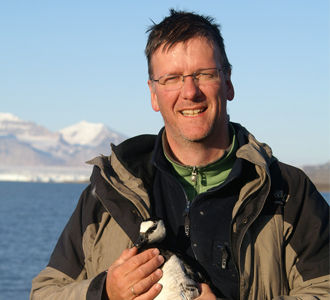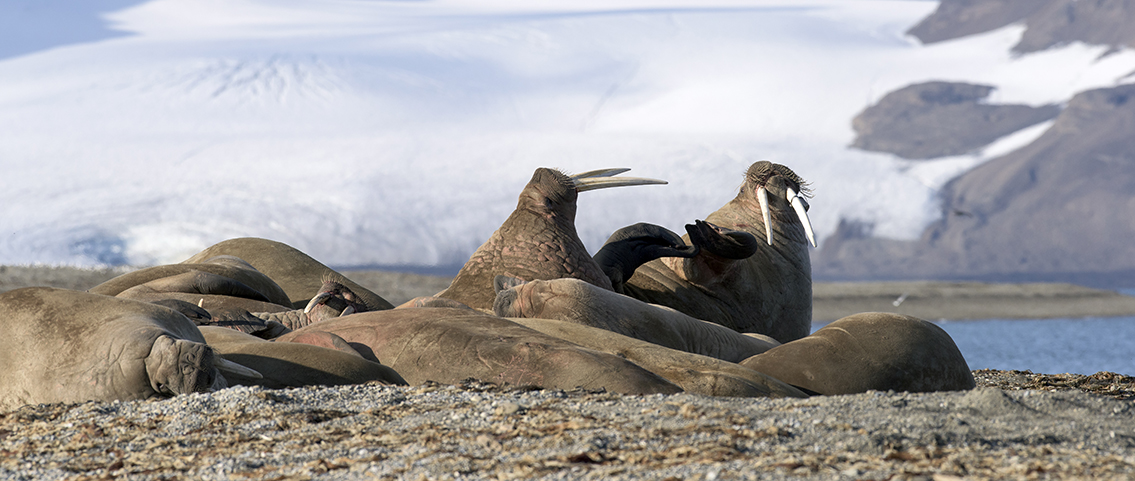The second expedition of the UG’s Arctic Centre is finally leaving for the Arctic region this summer.
The expedition consists of fifty researchers, fifty tourists, a dozen policymakers, politicians, and journalists, who’ll be travelling to Svalbard. There, they’ll do research and witness the effects of climate change with their own eyes.
The expedition was originally set to leave two years ago, but the covid pandemic got in the way. ‘Back, then, minister Van Engelshoven said she’d love to come’, says researcher and expedition initiator Maarten Loonen. ‘We’re hoping minister Robbert Dijkgraaf joins us now, instead.’
There are three spots for people from the ministry (for the minister, a spokesperson, and one official), but Dijkgraaf hasn’t responded to the invitation yet. If he won’t come, the cabins won’t be empty for long. There are still five researchers on the waitlist.

Strict selection
Because of the limited room on board, financier NWO applied a strict selection process, which means some research projects were only allowed to send a single researcher instead of two. This also means the researchers will have to work together more closely, says Loonen, which means the expedition has a single research theme.
The project, named SEES (Netherlands Scientific Expedition Edgeøa Svalbard), is the brainchild of Loonen and his fellow researchers at the Arctic Centre, Annette Scheepstra and Frits Steenhuisen. The three regularly travel to Svalbard. Loonen manages the research village on the archipelago every summer.
8,000 euros
The expedition uses a cruise ship owned by Oceanwide Expeditions, which has travelled to Svalbard before. Loonen claims tickets cost approximately 8,000 euros. ‘The last few beds are even more expensive.’
The tourists joining the expedition will have to contribute to the research. For one, they themselves are the subjects of a psychosocial study. But they’ll also be put to work. During the last expedition in 2015, the tourists helped with a study on crabs.
‘They’d send groups of them to the beach with little fishing nets’, says Loonen. The tourists also helped discover three new animal species, he says.
The participants in the expedition will fly to Svalbard on their own power, board the boat on July 13 to travel to Edgeøya, and return on July 22.




